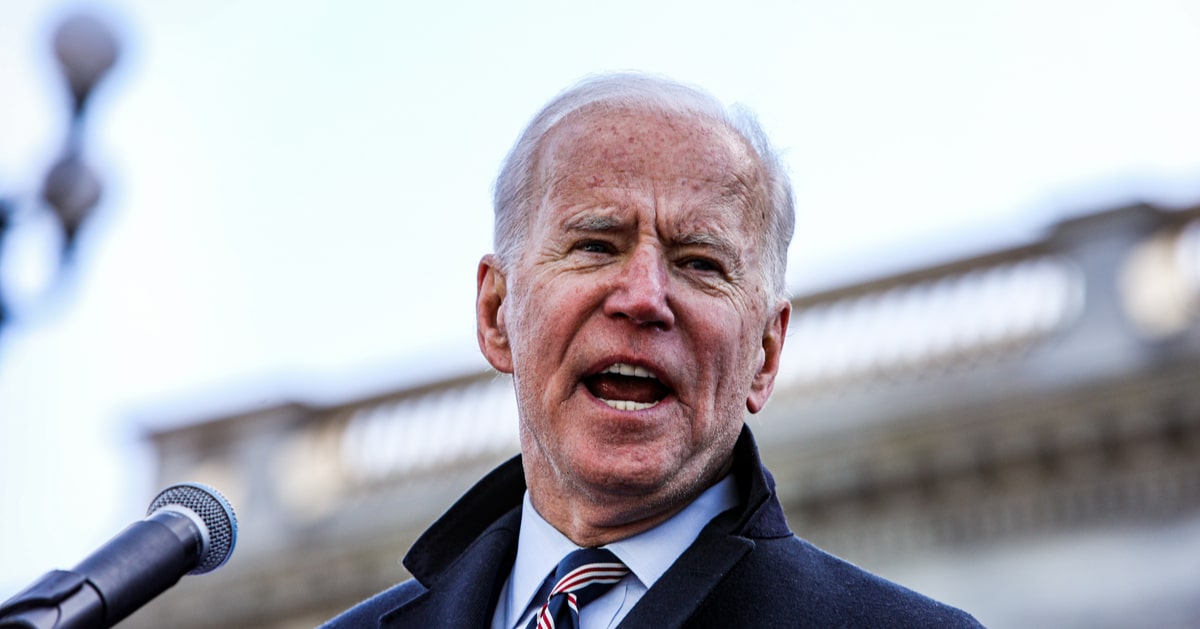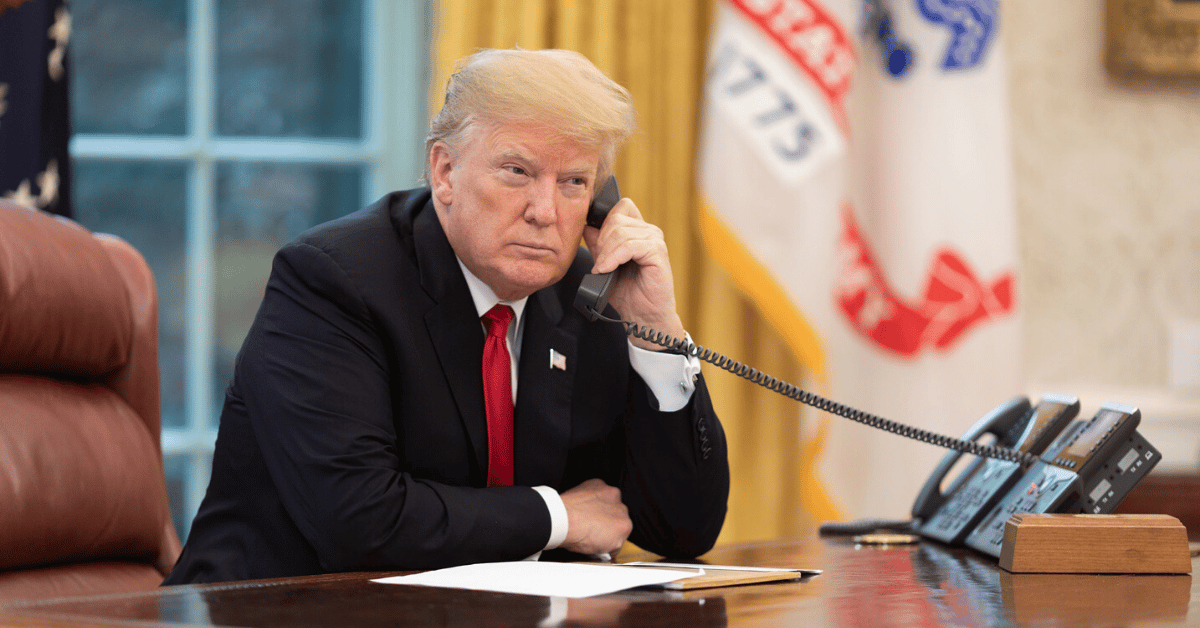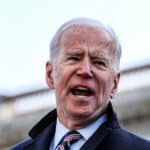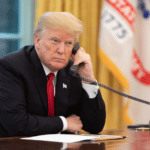




Former First Lady Melania Trump recently opened up about her harrowing experience during the George Floyd protests in 2020, sharing her fear as demonstrators approached the White House. The revelation is part of her promotional campaign for her memoir, "Melania," in which she discusses significant events that impacted her life and family.
Newsweek reported that Melania described a moment of fear when demonstrators reached the White House, marking a critical point during the nationwide protests that followed the death of George Floyd.
On May 29, 2020, protests in Washington, D.C., escalated, leading to concerns for the safety of the First Family.
The demonstrations, which began as a peaceful call for justice after George Floyd’s murder by Minneapolis police officer Derek Chauvin, grew intense outside the executive residence.
Melania Trump recounted the events in a video posted on Sunday, describing the fear she felt as the protests escalated around the White House.
Melania, along with then-President Donald Trump and their son Barron, was briefly relocated to the White House's underground bunker as tensions escalated on Pennsylvania Avenue.
This decision came as protesters clashed with Secret Service officers outside the historic residence. The protests, sparked by Floyd's death, had reached the doorstep of the White House, bringing with them heightened security concerns.
In her video, Melania vividly described the moment when protesters intensified their demonstrations near the White House. "The loud knocking on the door sent a jolt through my body," she said. She explained that a Secret Service agent quickly escorted her and her family to safety, saying, "Safety was paramount, not just for me but for the president and all of the residents in the White House."
The protests that reached the White House were part of a larger movement that swept across the U.S. following Floyd’s death on May 26, 2020. A bystander video captured Floyd’s final moments as Derek Chauvin knelt on his neck for over nine minutes, despite Floyd’s desperate pleas for help. This sparked outrage and protests in cities across the U.S. and around the world.
While the initial protests were peaceful, some devolved into violence, with rioters attempting to breach security around the White House. Secret Service officers faced intense confrontations, with some sustaining minor injuries. The officers responded by using pepper spray to disperse the crowd, which had begun throwing objects.
The protests that originated in response to Floyd's death expanded far beyond Washington, D.C. In total, over 2,000 cities and towns across more than 60 countries saw demonstrations.
The movement is estimated to have included 15 to 26 million participants in the U.S. alone, making it the largest protest movement in the nation's history. While many protests remained peaceful, some cities experienced riots, looting, and violent confrontations between demonstrators and law enforcement.
In the U.S., authorities implemented significant security measures to control the unrest. By early June, at least 200 cities had enacted curfews, and more than 30 states plus Washington, D.C., activated over 96,000 National Guard and other service members. This deployment marked the largest military operation in the U.S. outside of wartime.
During this period, President Trump publicly praised the Secret Service for their efforts to protect the White House and maintain order.
He also criticized Washington, D.C., Mayor Muriel Bowser, accusing her of not providing adequate local police support, a claim later disputed by the Secret Service. Trump addressed the ongoing protests while at NASA’s Kennedy Space Center in Florida, expressing support for justice and peace but condemning the acts of looting and violence that had taken place in some cities.
In her memoir promotional video, Melania also referenced another significant event—the FBI's 2022 raid on the Trump family’s Mar-a-Lago residence.
She described the raid as an invasion of privacy and a cautionary tale about the importance of respecting individual rights and freedoms. "I never imagined my privacy would be invaded by the government here in America," she said, calling it a "warning to all Americans."
The protests that Melania Trump experienced at the White House were just one part of a larger wave of social unrest that swept the nation following George Floyd's death. Although much of the movement remained peaceful, the fear and uncertainty felt by many, including the First Family, were a reflection of the intense emotions that defined the summer of 2020.



